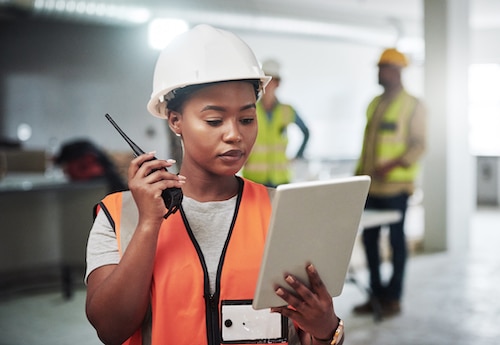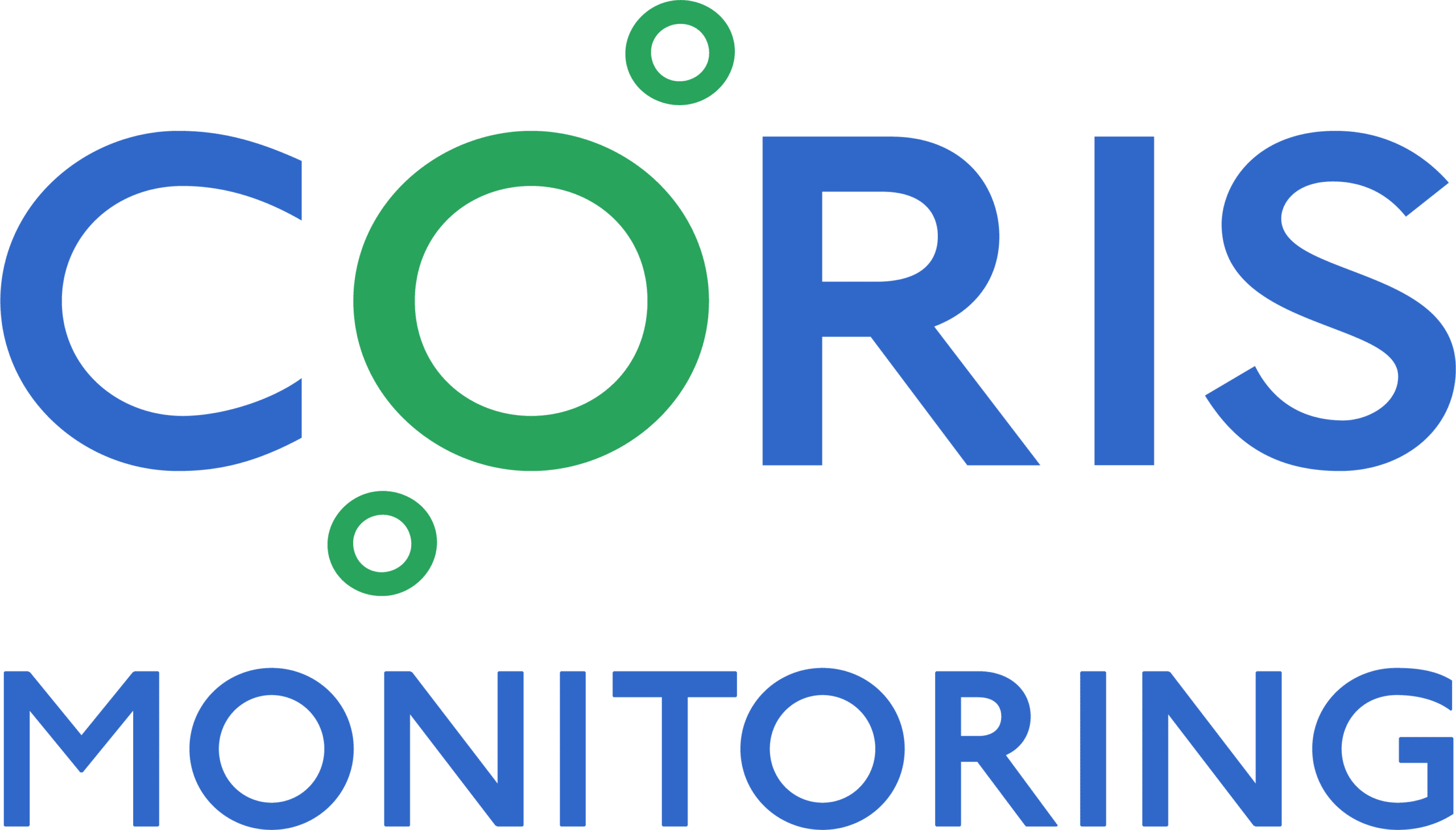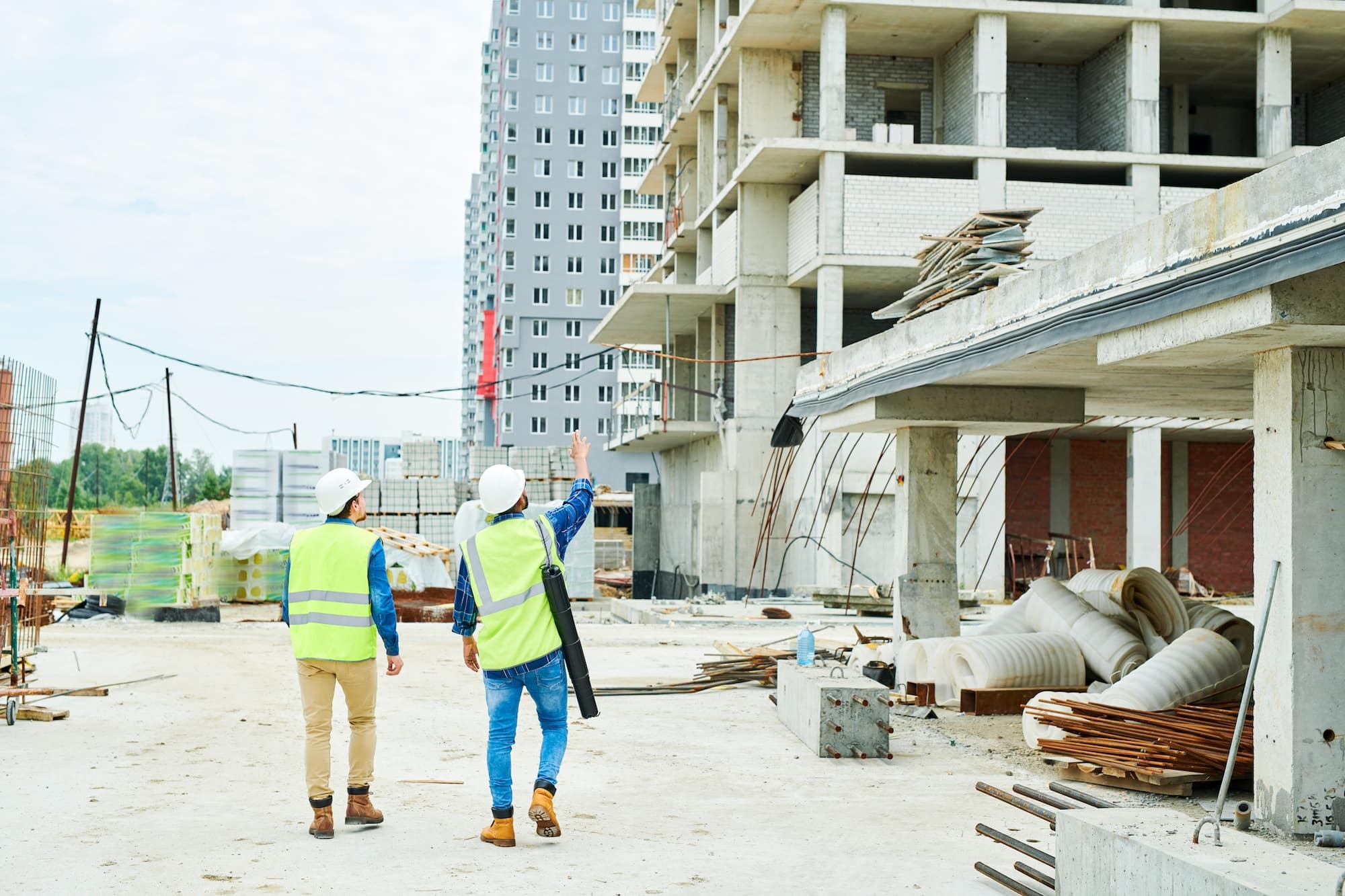New apartment building construction has reached an all-time high. A 2023 RentCare report estimated that nearly 461,000 units would be built across the U.S. by the end of that year. The main hubs for new builds included New York, Dallas, Austin, Miami and Atlanta.
In a housing market where many first-time home buyers feel priced out of a purchase — and inventory is still somewhat limited — there has been steady demand for rentals. The median cost of owning a new home is 52% higher than the average rent payment, pushing many otherwise would-be home buyers to opt for an apartment lease instead.
On one hand, this demand creates great opportunities for companies in the apartment building construction business. But finding themselves in this robust market also means taking on more apartment complex projects. That can raise concerns over ensuring worker safety and construction material integrity at every job site.
Monitoring Safety on More Apartment Building Job Sites
With a growing portfolio of new apartment building construction projects to oversee, maintaining vigilance over each job site becomes more difficult. Projects can be spread across geographical areas, and it’s not always feasible for someone to stop by a site to perform routine safety checks. And even when manual checks can be carried out, there is still much that can transpire in just a few hours.
Consider the case of an apartment building construction project in Dallas in the summer. Elevated humidity levels in combination with hot temperatures can cause the heat index to reach dangerous levels that create unsafe working conditions. Without continuous monitoring, heat-related illness risks may go unnoticed until they reach critical levels.
At the same time, high heat and humidity levels also create an environment conducive to moisture and mold growth. After just a few hours where these conditions aren’t properly monitored and controlled, there could be structural damage to a job site’s construction materials, from woodwork and flooring laminates to drywall. Extensive remediation efforts could also be required, further inflating costs and delaying timelines.

It’s worker safety and material integrity concerns like these that underscore the need for remote monitoring systems. That way, no matter where personnel are, they can monitor job site safety and address issues before they have a chance to escalate.
How CORIS Supports Your Remote Monitoring Needs
Construction costs for apartment buildings can vary widely based on variables like location, materials and labor. But one thing is clear: project costs have grown steadily over the years — with soaring labor and material costs contributing to these expenses. This makes budget overruns and construction project delays even more problematic.
The CORIS remote monitoring system provides apartment construction companies with a safety net at minimal cost. Our innovative construction site monitoring system provides real-time temperature and humidity data on job sites, allowing personnel to be alerted of notable fluctuations no matter where they are and at any time. With this information at their fingertips, construction teams can effectively monitor multiple job sites and immediately respond to adverse conditions.

With our remote monitoring system, you can also take advantage of:
- Water sensors to detect leaks and sink overflows
- Open door sensors that detect if doors are opened outside of designated hours
- Local equipment alarms that detect safety concerns with on-site equipment
Together, all these elements work together to enable a safe apartment building construction process — no matter the size of your project portfolio. Learn more about our system.





